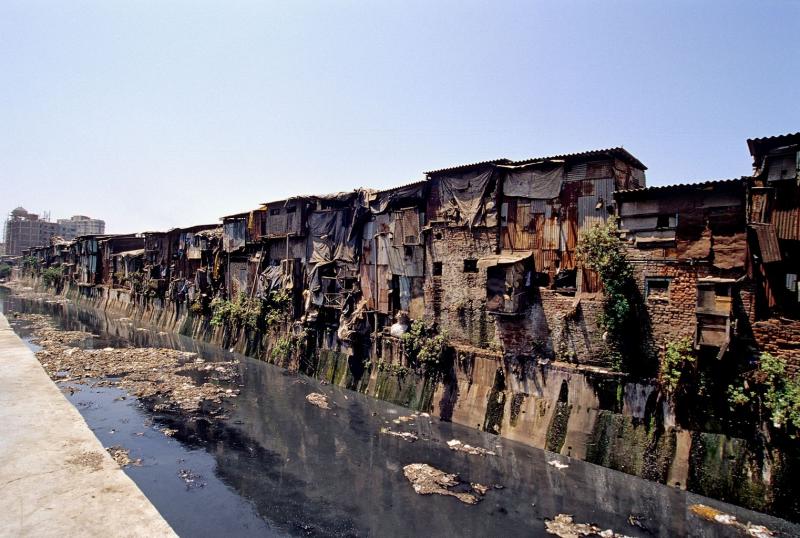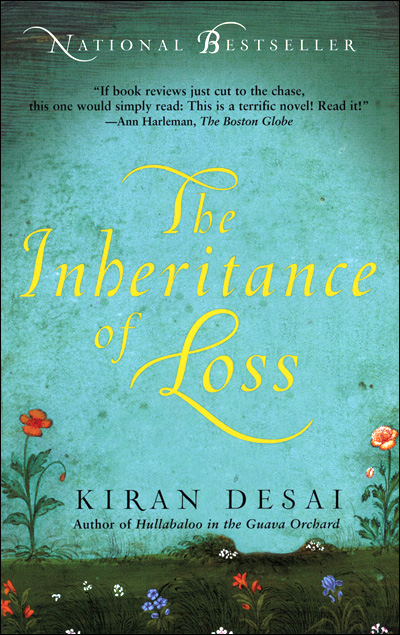 Here’s a great roundup of the best Indian Travel articles of 2007 from the Times Online .
Here’s a great roundup of the best Indian Travel articles of 2007 from the Times Online .
The articles are directly linked below:
Tales from a Himalayan hill station
 Here’s a great roundup of the best Indian Travel articles of 2007 from the Times Online .
Here’s a great roundup of the best Indian Travel articles of 2007 from the Times Online .
The articles are directly linked below:
Tales from a Himalayan hill station

The trailer for the newest Wes Anderson (Bottle Rocket, Rushmore, The Royal Tenenbaums, The Life Aquatic with Steve Zissou) Movie has just been released. The movie features Jason Schwartzman, Adrien Brody and Owen Wilson who are all brothers taking a trip across India.
Click the image below to view the movie trailer:
 Next Stop, Squalor
Next Stop, Squalor
Is poverty tourism—”poorism,” they call it—exploration or exploitation?
“It is a vision of urban hell. It is also one of India’s newest tourist attractions.”
An interesting article in the Smithsonian Mag by John Lancaster

Kiran Desai’s novel which won her the Booker Prize last year. I had heard about her winning of course, and I was intrigued by it as it’s set in the north-eastern Himalayas, at the foot of Mount Kanchenjunga, which is very close to Darjeeling, where I went to school for seven years. See related, we had a lovely view of Kanchenjunga from the school, I’m very fond of this mountain and that area.
But as I have very little time these days to read, I had forgotten about it. Then I came across this excerpt from the novel on the NPR website that’s made me really want to to read it. I’m going to have to make the time and try it.
———————-
The green card the green card. The. . . .
Without it he couldn’t leave. To leave he wanted a green card. This was the absurdity. How he desired the triumphant After The Green Card Return Home, thirsted for it-to be able to buy a ticket with the air of someone who could return if he wished, or not, if he didn’t wish. . . . He watched the legalized foreigners with envy as they shopped at discount baggage stores for the miraculous, expandable third-world suitcase, accordion-pleated, filled with pockets and zippers to unhook further crannies, the whole structure unfolding into a giant space that could fit in enough to set up an entire life in another country.
Then, of course, there were those who lived and died illegal in America and never saw their families, not for ten years, twenty, thirty, never again.
How did one do it? At the Queen of Tarts, they watched the TV shows on Sunday mornings on the Indian channel that showcased an immigration lawyer fielding questions.
A taxi driver appeared on the screen: watching bootleg copies of American movies he had been inspired to come to America, but how to move into the mainstream? He was illegal, his taxi was illegal, the yellow paint was illegal, his whole family was here, and all the men in his village were here, perfectly infiltrated and working within the cab system of the city. But how to get their papers? Would any viewer out there wish to marry him? Even a disabled or mentally retarded green card holder would be fine-
———————-
There is a podcast with her discussing the book on the NPR website as well, here’s a direct link to the mp3 file.
Here’s a link to the book on Amazon, if you’d like to read more reviews.
NASA digital images discover ancient “Ramayana” bridge between India, Lanka.
Click any thumbnail below to see larger images, once open click left or right to move thru the larger images.
The NASA Shuttle has imaged a mysterious ancient bridge between India and Sri Lanka, as mentioned in the Ramayana.
The recently discovered bridge currently named as Adam’s Bridge made of chain of shoals, c.18 mi (30 km) long, in the Palk Strait between India and Sri Lanka, reveals a mystery behind it. The bridge’s unique curvature and composition by age reveals that it is man made. The legends as well as Archeological studies reveal that the first signs of human inhabitants in Sri Lanka date back to the a primitive age, about 17,50,000 years ago and the bridge’s age is also almost equivalent. This information is a crucial aspect for an insight into the mysterious legend called Ramayana, which was supposed to have taken place in treta yuga (more than 17,00,000 years ago). In this epic, there is a mentioning about a bridge, which was built between Rameshwaram (India) and Srilankan coast under the supervision of a dynamic and invincible figure called Rama who is supposed to be the incarnation of the supreme. This information may not be of much importance to the archeologist s who are interested in exploring the origins of man, but it is sure to open the spiritual gates of the people of the world to have come to know an ancient history linked to the Indian mythology.
The evidence, say experts matter-of-factly, is in the Digital Image Collection.
Source : http://www.hindustantimes.com/
10 October 2002
